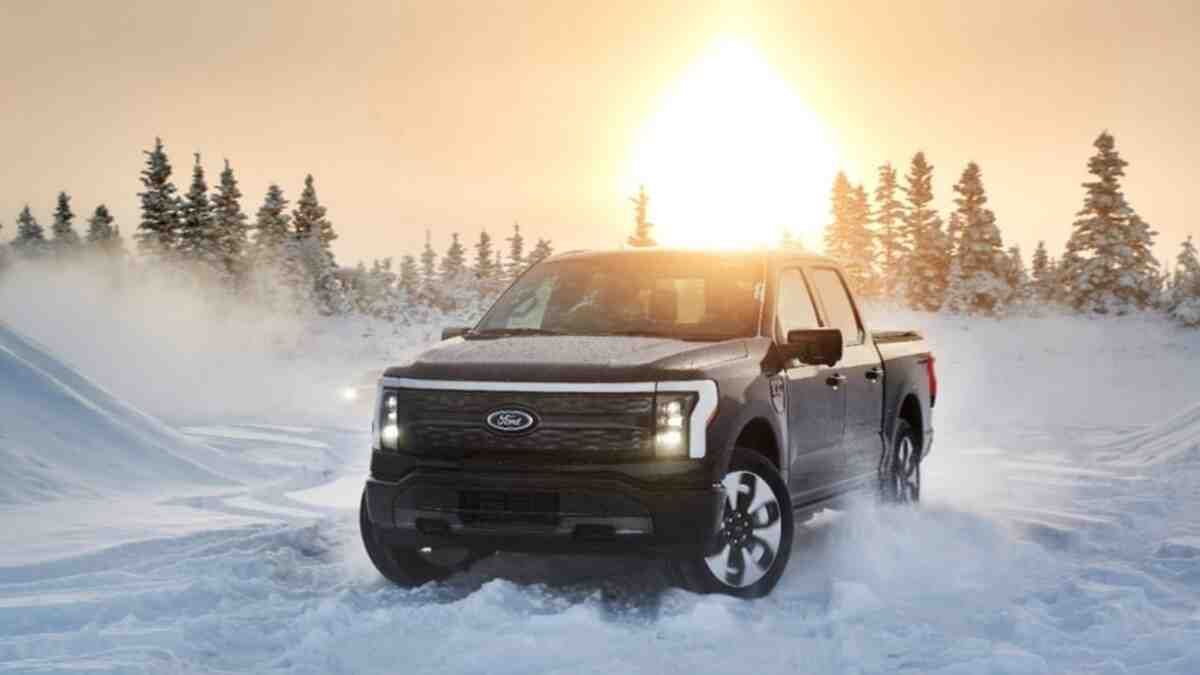The year 2023 was another record one for electric vehicle sales in the U.S., which means many new owners heading into their first winter with an EV. With temperatures dropping below freezing in northern parts of the U.S., here are some tips for how you can best prepare your EV to maximize range in extreme weather conditions:
Toyota's excellent move may electrify industry
1. Park your EV in a garage: Garage storage helps to ensure that harsh weather conditions outside do not affect your vehicle, and maintaining a warmer storage temperature than outdoors will aid in vehicle and battery performance.
2. Plug in your EV when parked for extended periods: Keeping the vehicle plugged in works to maintain battery health and helps to prevent excessive discharge scenarios.
3. Precondition your vehicle before use to warm the battery while plugged in: By preconditioning your vehicle, you’re allowing the battery to warm to optimum temperature before use, positively affecting range and driving dynamics. For Ford EV owners, preconditioning can be scheduled using the vehicle’s SYNC touchscreen or from the comfort of your couch using the FordPass app.
Here's why people choose hybrids for their electric entries.
4. The best way to keep warm: If equipped, use the heated seats and steering wheel as primary heat to reduce energy consumed by HVAC.
5. Turn off the heat when charging your EV: Turn off the heater if possible, or lower the temperature enough to remain comfortable (especially when using DC Fast Charging).
6. Use your vehicle’s Ford Onboard Navigation to locate a DC Fast Charging station - In doing this, the vehicle preconditions by warming up the battery within 20 miles of your destination. This allows the battery to accept a charge faster in cold weather, getting you back on the road quicker.
7. Keep driving speeds moderate as high speeds use more energy – Higher speeds can negatively impact range in all types of weather. For best results, Ford recommends limiting your speed when possible.
Here's why the Ford Maverick Sells For Added Bonus
8. Ensure your tires are at the proper pressure – Proper tire pressure not only works to maximize range, it also works to ensure that the correct amount of tire surface area is gripping the road. Over or underinflated tires can lead to range degradation along with safety and performance issues. You can find the proper tire pressure figures for your vehicle using either the sticker on the door jamb, the tire pressure app on your center screen, or the owner’s manual shortcut, also located on the center screen.
9. Plan your route and be prepared for winter: Before leaving, identify all the charging locations and strategically plan your stops. As with all winter driving, expect the unexpected. Ensure you have a plan if you run into poor conditions.
With cold weather posing challenge many wonder if EVs are worth it
Ford EVs have been tested in extreme conditions, enduring months of real-world winter driving in Alaska and Michigan’s Upper Peninsula. Ford EV batteries have also been subjected to temperatures as high as 140°F to as low as minus 40°F in Ford’s atmospheric test chambers.
Ford Motor Photo
Marc Stern has been an automotive writer since 1971. His automotive articles have appeared in venues including Popular Mechanics, Mechanix Illustrated, AutoWeek, SuperStock, Trailer Life, Old Cars Weekly, Special Interest Autos, and others. You can follow Marc on Twitter or Facebook.





